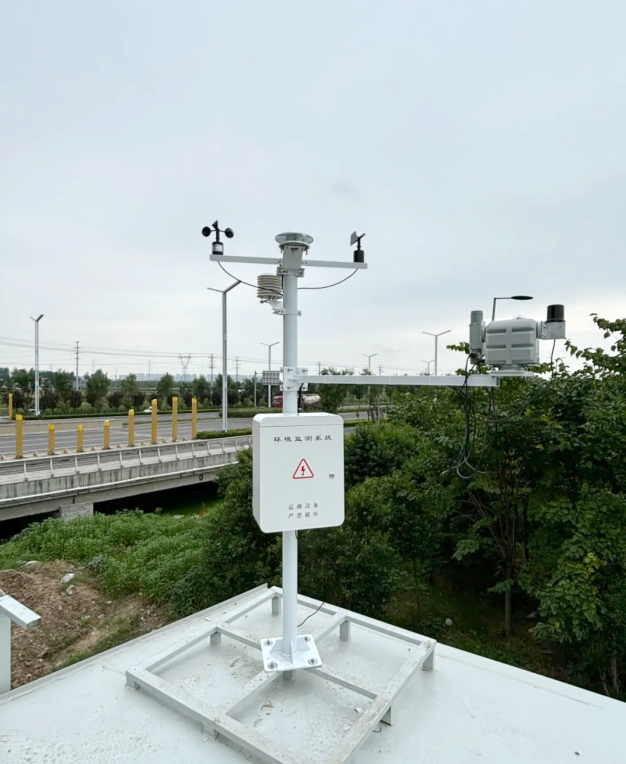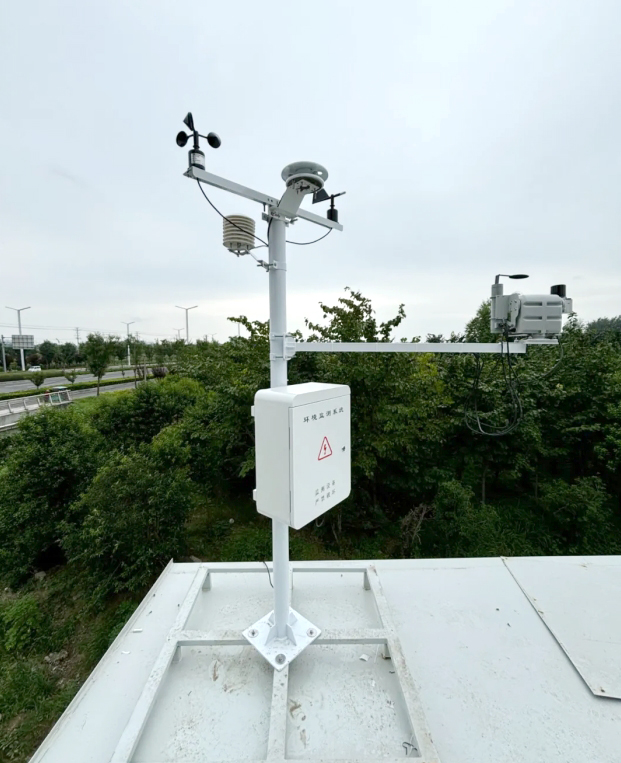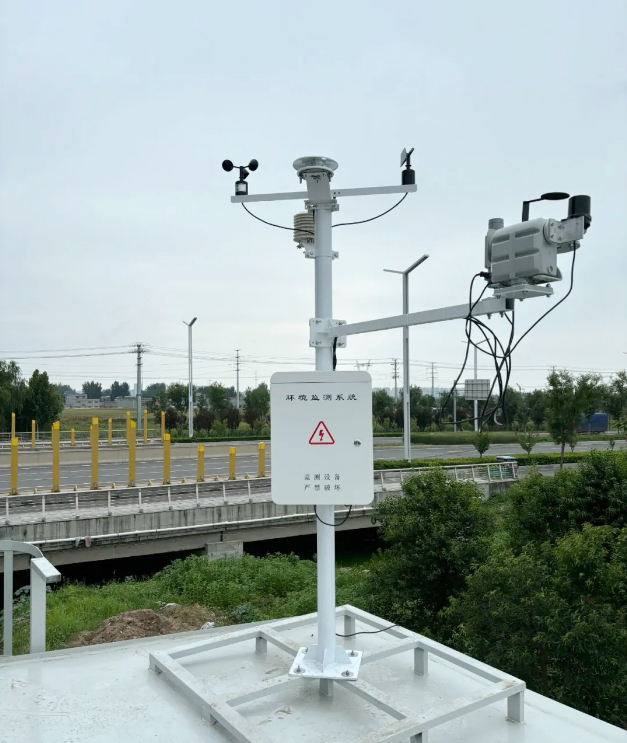

— Case —
—Products—
 Consumer hotline +8618073152920
Consumer hotline +8618073152920 WhatsApp:+8615367865107
Address:Room 102, District D, Houhu Industrial Park, Yuelu District, Changsha City, Hunan Province, China
Time:2024-09-01 18:36:32 Popularity:545
Overview of the Integrated System of Solar Radiation Meteorological Monitoring Stations
The Solar Radiation Meteorological Monitoring Station (SRMMS) is a highly integrated meteorological observation device designed to accurately measure and record key meteorological parameters such as solar radiation intensity, wind speed, wind direction, atmospheric temperature, humidity and barometric pressure. The continuous monitoring of these data is of great significance in the fields of agriculture, climate research, development and utilisation of renewable energy sources (e.g. solar and wind power), environmental protection and disaster warning. The following is a detailed description of the main components of the station - Pyranometer, Pyrheliometer, Wind Speed Sensor, Wind Direction Sensor and Atmospheric Temperature, Humidity and Pressure Sensor.

The Pyranometer is one of the core instruments in a solar radiation monitoring station and is used to measure the total solar radiation, i.e. the sum of the direct radiation from the sun and the scattered radiation from the sky. It usually contains a sunlight-sensitive thermopile or photoelectric sensor capable of converting the received solar energy into a measurable electrical signal. pyranometers usually have a broad spectral response, covering most of the solar spectrum from the visible to the near-infrared, thus ensuring that the measurements are comprehensive and accurate.
Unlike the Pyranometer, the Pyrheliometer focuses on measuring the direct radiation from the sun, i.e., only the portion of the sun's light that hits the earth directly. By accurately tracking the position of the sun and using a highly directional receiver to reduce the effects of scattered radiation from the sky, the Pyrheliometer plays a key role in assessing the potential value of solar energy resources and optimising the design and operation of solar energy systems.
A wind speed sensor is a component of a monitoring station used to measure the speed and direction of the wind. Common wind speed sensors are wind cup type, ultrasonic type and so on. Wind cup sensors derive wind speed from the rotational speed of multiple wind cups in the wind, while ultrasonic sensors use the time difference of ultrasonic signal propagation in the air to measure wind speed, which has higher accuracy and stability. Wind speed data is crucial for wind energy resource assessment, weather forecasting and environmental monitoring.

Wind direction sensors complement wind speed sensors in determining the direction from which the wind is coming. Common wind direction sensors include wind vane and ultrasonic sensors. Wind vane sensors indicate the direction of the wind by the rotation of a wind vane, while ultrasonic sensors determine the direction of the wind by using the difference in the propagation of ultrasonic waves in different directions. Accurate wind direction data helps to understand the local circulation characteristics, which is important for the development and utilisation of wind energy resources.
Atmospheric temperature, humidity and pressure sensors integrate the monitoring of atmospheric temperature, humidity and barometric pressure. Temperature sensors usually use thermistors or thermocouples and other components to measure the temperature of the surrounding environment in real time; humidity sensors are based on capacitive, resistive or optical principles, through the measurement of water vapour content in the air to deduce the relative humidity; barometric pressure sensors use pressure-sensitive components to feel the change in atmospheric pressure, and convert this change into an electrical signal output. The comprehensive monitoring of these parameters plays an irreplaceable role in analysing weather changes, assessing the quality of the atmospheric environment and formulating corresponding countermeasures.

In summary, the solar radiation meteorological monitoring station realises the comprehensive monitoring of solar radiation, wind speed and direction and atmospheric environmental parameters by integrating Pyranometer, Pyrheliometer, wind speed sensor, wind direction sensor and atmospheric temperature, humidity and pressure sensor and other advanced equipments, which provides valuable data support for meteorological research, energy development, environmental protection and other fields.
Prev:Weather stations for forests
Next:no more
Related recommendations
Sensors & Weather Stations Catalog
Agriculture Sensors and Weather Stations Catalog-NiuBoL.pdf
Weather Stations Catalog-NiuBoL.pdf
Related products
 Combined air temperature and relative humidity sensor
Combined air temperature and relative humidity sensor Soil Moisture Temperature sensor for irrigation
Soil Moisture Temperature sensor for irrigation Soil pH sensor RS485 soil Testing instrument soil ph meter for agriculture
Soil pH sensor RS485 soil Testing instrument soil ph meter for agriculture Wind Speed sensor Output Modbus/RS485/Analog/0-5V/4-20mA
Wind Speed sensor Output Modbus/RS485/Analog/0-5V/4-20mA Tipping bucket rain gauge for weather monitoring auto rainfall sensor RS485/Outdoor/stainless steel
Tipping bucket rain gauge for weather monitoring auto rainfall sensor RS485/Outdoor/stainless steel Pyranometer Solar Radiation Sensor 4-20mA/RS485
Pyranometer Solar Radiation Sensor 4-20mA/RS485
Screenshot, WhatsApp to identify the QR code
WhatsApp number:+8615367865107
(Click on WhatsApp to copy and add friends)